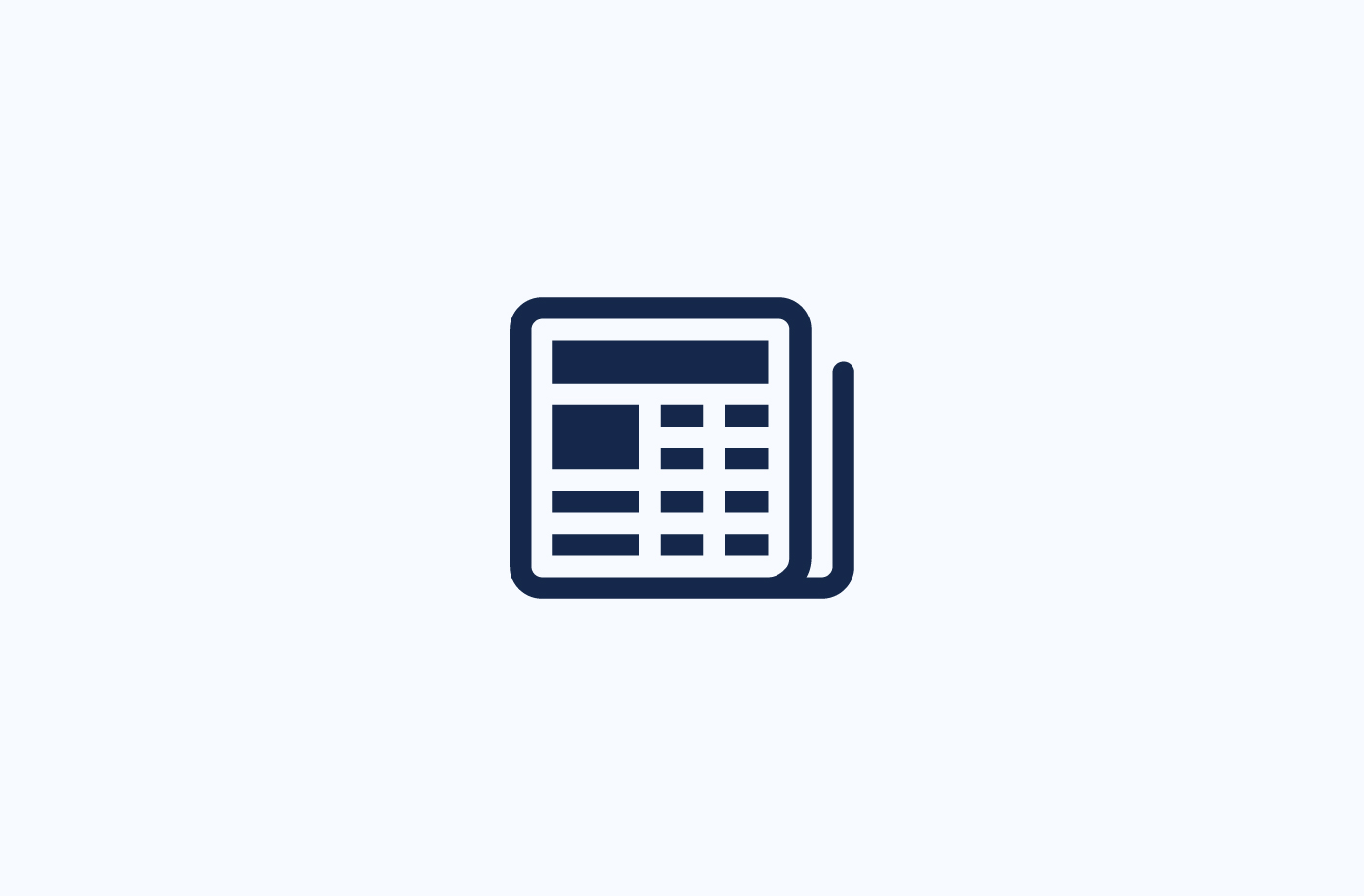The impact of fertilizer management training: Evidence from Bangladesh
Featured on VoxDev

Photo credit: WorldFish/flickr
Several countries, including Bangladesh, have used fertilizer subsidies to induce their adoption and stimulate agricultural output (Huang et al. 2017). The economics literature (e.g. Duflo et al. 2011) suggests that, in theory, heavy subsidies can induce overuse of fertilizer, which is costly to the farmer, the government, and the environment (Rasul and Thapa 2003). Moreover, both the quantity and timing of fertilizer application matters for profitability. Too much fertilizer applied at the wrong time or too little at the right time can result in higher than optimal costs in the former case and lower overall output in the latter. In the era of precision agriculture, effective management of fertilizer has the potential to increase both efficiency and productivity.
Improving fertilizer management might require intensive training of farmers. However, existing literature suggests that rule-of-thumb training can be more effective than a complex training program (Drexler et al. 2014). In an ATAI-funded study, researchers Sabrin Beg and Mahnaz Islam investigate whether farmers can use a simple tool and rule-of-thumb instructions to guide fertilizer application.
